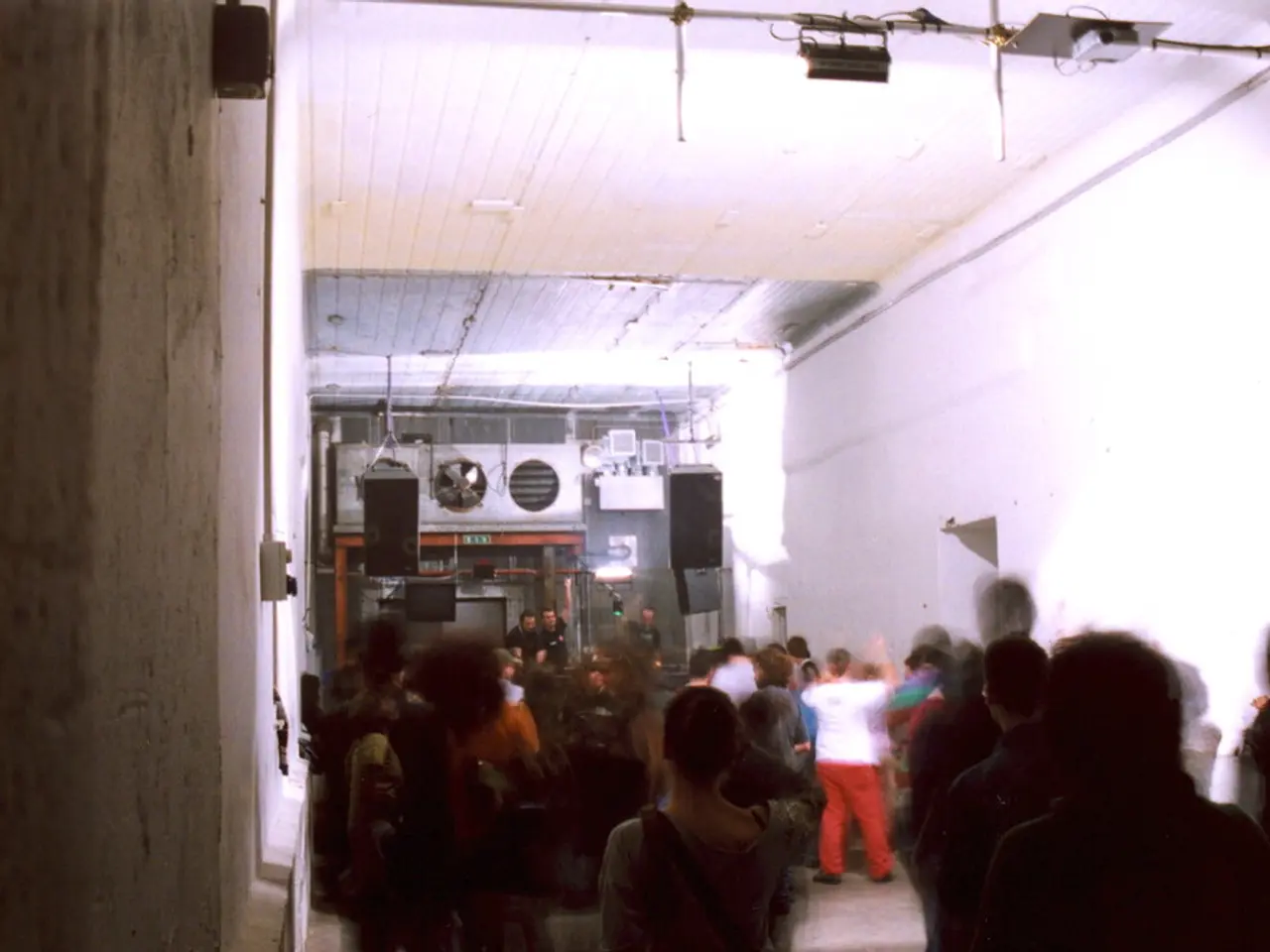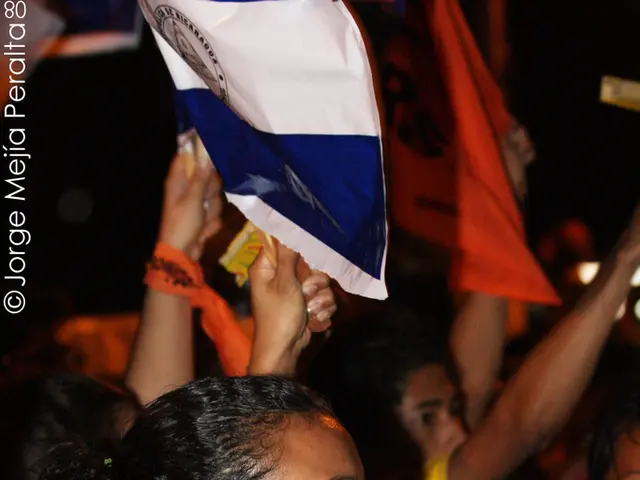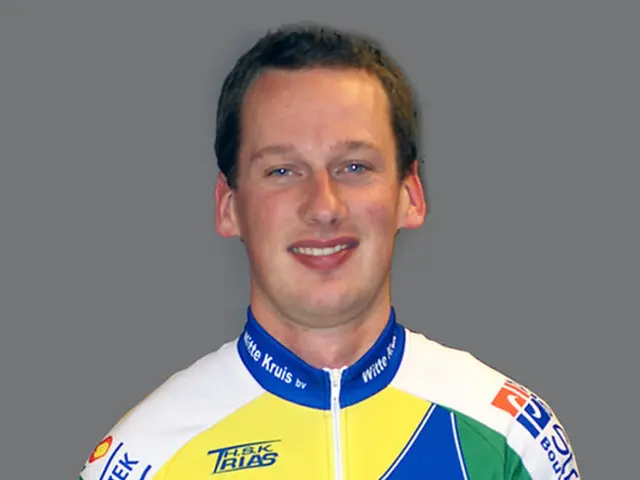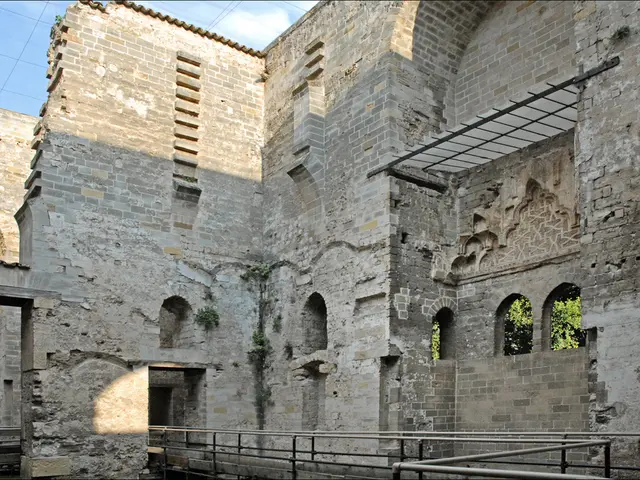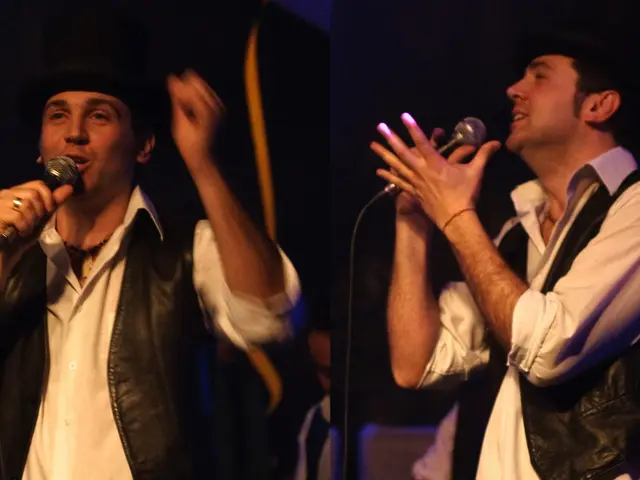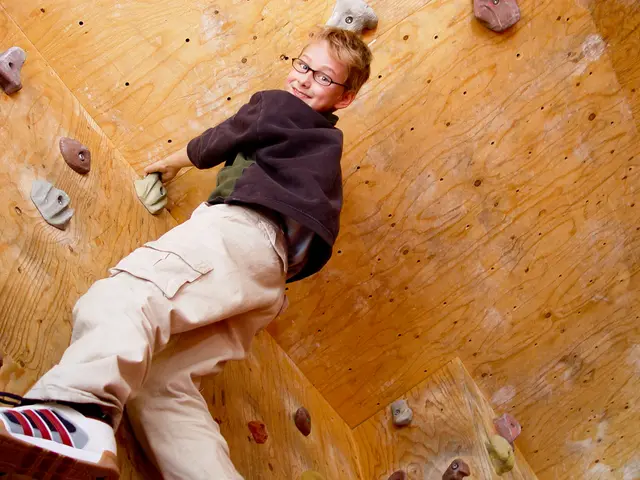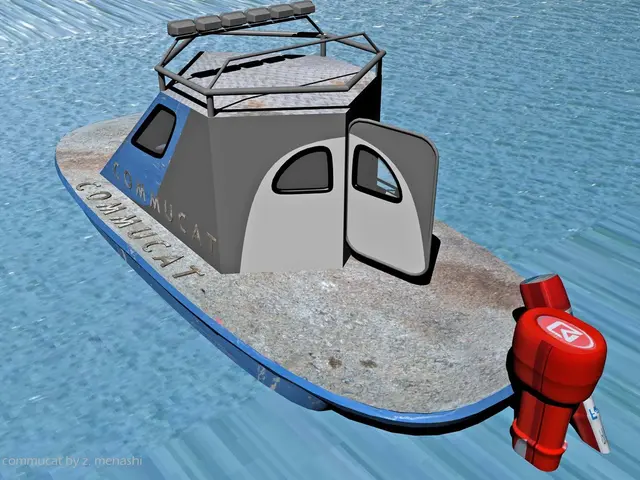Dance Studios: Where Movement Meets Design
Dance studios are more than just spaces for rehearsals and classes; they are environments that stimulate creativity, support performance, and promote well-being. The layout, lighting, and flooring all play crucial roles in shaping the dance experience. Let's delve into the key elements that make a dance studio truly exceptional.
The floor is the dance studio's foundation, influencing both movement and emotion. Sprung or hardwood floors reduce joint stress and injury risk, while also affecting the room's ambiance. Light-colored wood floors create an open, calm atmosphere, while darker tones add depth and intensity. Mirrors help dancers monitor their posture and alignment, but too many can be overwhelming. Lighting is equally important, with natural daylight providing clarity and soft artificial light fostering comfort. Good ventilation and heating systems protect dancers from fatigue and injury, keeping minds alert and bodies strong. Sound is another vital factor; clear music helps dancers stay in rhythm, while acoustic panels reduce harsh echoes. The layout of the studio also shapes movement, with wide open areas offering freedom and clear paths preventing collisions. Small details like art on the walls or inspiring quotes can spark emotion and motivation.
A well-designed dance studio is a harmonious blend of these elements, creating an optimal environment for dancers to express themselves, improve their skills, and connect with their art. From the floor to the lighting, each detail contributes to the overall experience, making the dance studio not just a space, but a sanctuary for movement and creativity.
Read also:
- DC Police Takeover, Ukraine Developments, Alaska Summit, Glacier Episode, Covid-19 Updates
- Exploration of Chaos, Structure, and Ethics in The Dark Knight
- Indianapolis' Rich Black History: From Madam C.J. Walker to BUTTER Fine Art Fair
- Worldwide, Apple continuously innovates and devises strategies to deliver enhanced user experiences
